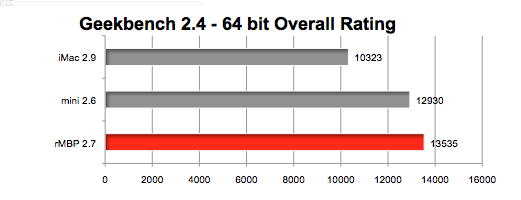

- #IMAC FUSION DRIVE VS SSD VS HDD MANUAL#
- #IMAC FUSION DRIVE VS SSD VS HDD DOWNLOAD#
- #IMAC FUSION DRIVE VS SSD VS HDD MAC#

#IMAC FUSION DRIVE VS SSD VS HDD MAC#
I could boot the Mac from this Thunderbolt-connected SSD and it would retain all my functional software, subscriptions etc. Vs PCIe/NVMe via Thunderbolt NVMe does not crap-out the macOS logical partition.
#IMAC FUSION DRIVE VS SSD VS HDD DOWNLOAD#
Yes, I know in principle 'it's better' to start afresh - things may run faster, for a brand new OS, more stable, for 'having less going on', and for all I know the overall it may be 'faster to do', even having to download the whole Adobe master suite, re-install 1password to get all my passwords back, etc etc.īut what if I just like 'how it is', and want to 'keep it that way'? So for all those who are like-minded, but as far as I can tell have 'never asked' (or at least 'here', and been answered'!), what I want to contemplate is: I cannot beleive it is always 'easier' for every single person doing an upgrade, to start-over from scratch. Why? As, surely the the purpose of Cloning is to potentially do EXACTLY this, with dissimilar hardware. There is no 'Clone the bootable macOS partition spread across the Fusion drives, swap whichever drives one fancies, and then 'import' that Clone to (by default) the new, motherboard-mounted MVNe. what scares me though, is that EVERYONE (bar one, ) casually refers to '.and of course you do a reinstall of a fresh macOS partition. Some has even created a RAID between a motherboard-mounted NVMe and one in an external enclosure! - that blows my mind, and I have no idea 'how'/what would be efficiently controlling the overall data read-writes, so the whole thing is balanced for speed/volume/interface!!! So 'ultimate speed'sounds like it therefore comes from 'any' RAID-array of NVMe drives, in an external enclosure over Thunderbolt 3. I think potentially, the 'external enclosure with the PCIe/NVMe drive Thunderbolt-3, may even be comparable to a motherboard-seated NVMe? As, what I understand overall is that the read-writes on 'whatever SSD, on any interface', maybe the more limiting factor, than any specific interface. I think this setup would be fast than anything bootable that incorporated a replacement SATA SSD for the SATA HDD, as the limitation is SATA. Whereas, if swapping out both drives, then clearly there is 'nothing left' to work with, that the Mac would now work with.Ī curved-ball suggestion seems to be running a new PCIe/NVMe drive in an external enclosure over Thunderbolt 3 as one's bootable macOS drive, potentially leaving the existing SSD & HDD where they are (but decoupled as a Fusion Drive), to just become 'some storage'.
#IMAC FUSION DRIVE VS SSD VS HDD MANUAL#
I have read that is you are only replacing one drive (or want to dismantle the Fusion drive but keep the same hardware), then there can be issues with the Mac trying to 're-fuse' (boom boom), these peices of hardware - so the manual decoupling of the Fusion drive is important. Then the iMac can be opened up to replace the HDD with an SSD most commonly, sometimes the PCIe/NVMe. I've read that it's possible to disconnect the Fusion Drive either by booting from a USB media, or Time-Machine backup, or by being fast at POST and, invoking the Recovery Console, finding the exact designation of both disks, and then using this and following the command-line syntax to 'break' the Fusion apart. I have read a lot on these and other forums about disconnecting Fusion-drives, to replace the PCIe/NVMe and/or HDD with new SSDs (PCIe/NVMe + SATA). My iMac 19,1 is painfully-slow, due to it's Fusion-Drive.


 0 kommentar(er)
0 kommentar(er)
